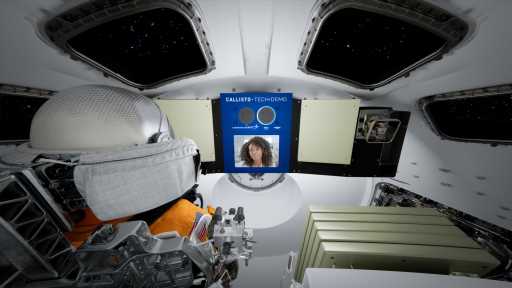
Lockheed Martin, other Colorado companies contribute to NASA Artemis mission
After several delays, a space mission with extensive ties to Colorado and what is the first journey in people’s return to the moon blasted off late Tuesday night.
Kerry Timmons is among Lockheed Martin Space employees across the country who have worked for years designing and building the Orion capsule for NASA’s Artemis I mission. She, her husband and son stayed up late for the launch, which took place close to midnight Denver time.
“This is such a moment and it feels so good, all of the years and the time and energy put into this program finally coming to fruition,” said Timmons, Lockheed Martin’s systems engineering design and integration senior manager for the Orion project.
The flight is the first in a series of increasingly complex missions whose goal is to land the first woman and first person of color on the moon in 2025, Timmons said.
Artemis I is carrying test dummies, but no human crew. The capsule is scheduled to return to Earth in about 25 days. Timmons said the mission will demonstrate the re-entry descent and landing capabilities of the capsule’s heat shield and landing-recovery systems.
Artemis II will have a four-astronaut crew that will fly around the moon and perform several maneuvers. The mission will be the first time astronauts will have traveled beyond the moon in more than 50 years. The launch is planned for 2024.
And NASA plans to have Artemis III land people on the moon for the first time since the Apollo program from 1969 to 1972.
The Artemis mission was named for the goddess of the moon in Greek mythology. Artemis was Apollo’s twin sister.
“Orion is NASA’s only spacecraft poised to take humans into deep space,” Timmons said.
Lockheed Martin staffers at the company’s Jefferson County campus designed the capsule, built the heat shield and the craft’s electronics and avionics. Employees at company facilities across the country and in Puerto Rico were also involved with the program.
The rocket’s upper stage was developed and built by Centennial-based United Launch Alliance. Lockheed Martin Space spokeswoman Tat’yana Berdan said more than 184 Colorado companies contributed to the Artemis mission.
While Orion has no humans onboard, it does have a well-known passenger: Alexa. Amazon’s virtual assistant is part of a program called Callisto, which was developed by Lockheed Martin, Amazon and Cisco. The program includes Webex video conferencing as well as the voice technology.
Timmons said Callisto will interface with the spacecraft and ground systems. “It’s going to be a great test and demonstration of how astronauts can communicate back to Earth and also live and work in deep space using the hands-free technology that Alexa offers.”
Source: Read Full Article

